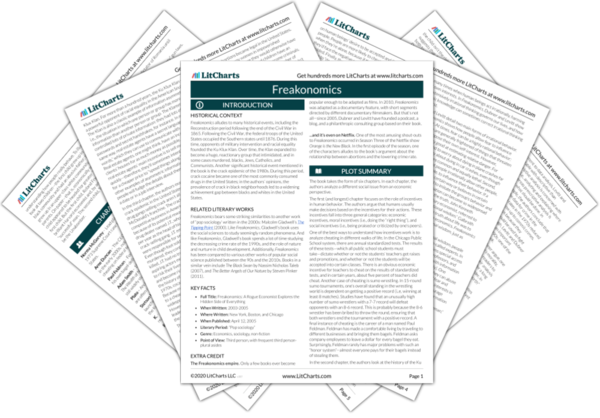TV shows are an interesting way to test people’s racism and bigotry, because a lot of racism takes place “behind the scenes,” either through private behavior or coded language. On a game show, however, millions of people are watching the contestants—perhaps explaining why there’s relatively little bigotry directed at black and female contestants on
The Weakest Link (as these forms of bigotry are somewhat easier to identify and condemn). The authors use the data to distinguish between two different kinds of racism: taste-based racism and information-based racism. So not only can the authors identify a bias against elderly and Latino contestants, they can also use the order in which the contestants are eliminated to posit the existence of different
forms of bias.
